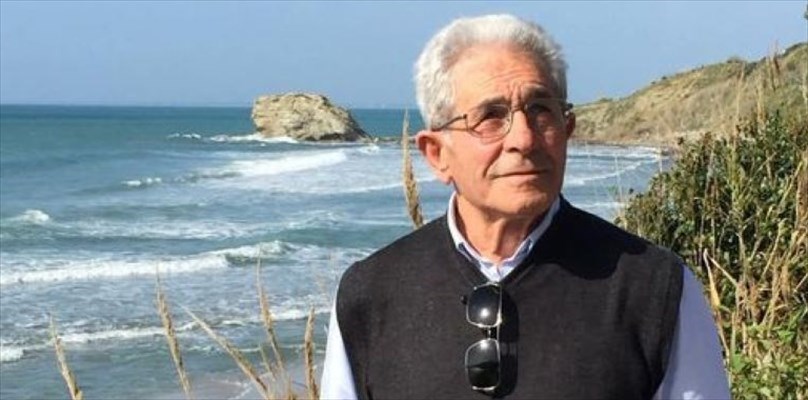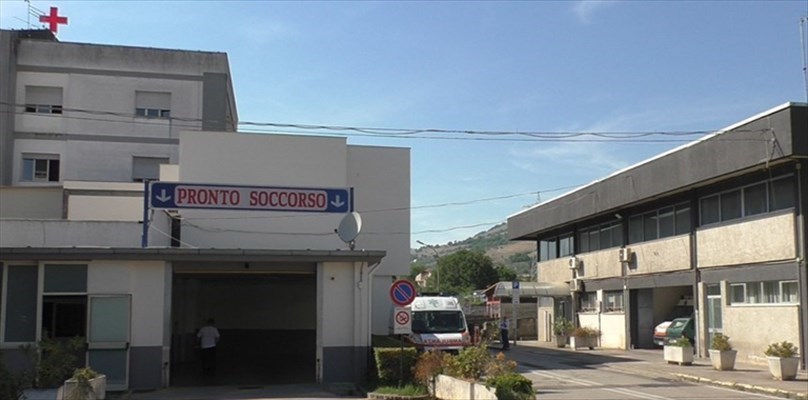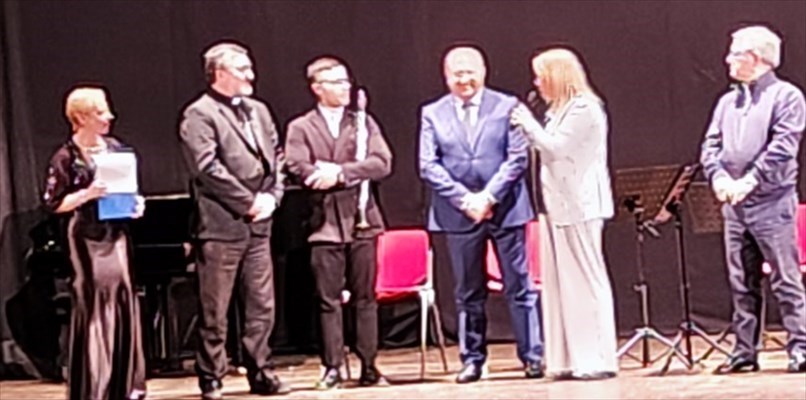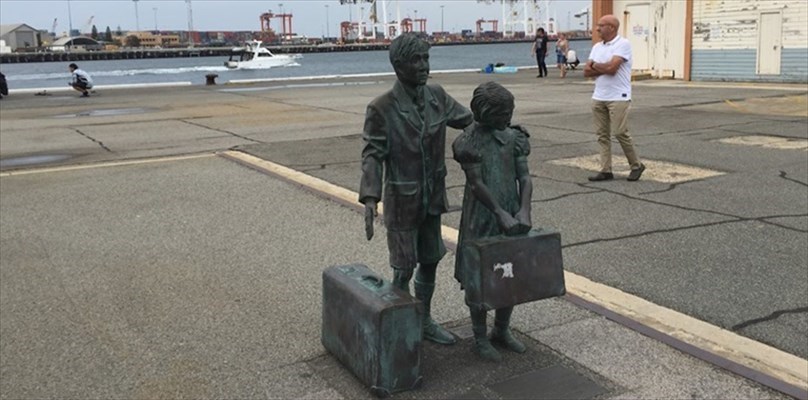The “Certosa Estesa,” the verb of Heaven
The Certosa of Padula
"The Certosa of Padula is a breath of omnipotence, of transcendence, a breath that goes beyond human actions, thoughts and ties"

"The city of pure gold similar to pure crystal, the city of light, of clarity.” Michele Rizzo has been telling the story of the Certosa of San Lorenzo for years with powerful words illuminated with enthusiasm. His theatrical guide which he tells by acting, at the moment, is not present in Certosa, but you can imagine him at the centre of the yard of Corte, dense with white stones, dazzling in the sunlight and in the snow, while he recounts this landmark, comparing it to the writing of Paradise.
The “Certosa of Padula” is not only a UNESCO site, a collection of precious stones, creativity, colours, gardens and images. It is above all full of fascination and symbols, secret and magnificent lives, and as Michael puts it, it is, "a breath of omnipotence, of transcendence, a breath that goes beyond human actions, thoughts and ties.” With humans and in particular with the people that have always wanted to bond, it has been for centuries the spiritual, cultural, political and economic center of the entire surrounding territory of Vallo di Diano and its countries.
In this Carthusian monastery, the breath of Paradise was designed and built in 1306 by Tommaso Sanseverino, the Earl of Marsico and the lord of the region, the Vallo di Diano, to ingratiate himself with the royal Angevins of the Kingdom of Naples and the French religious order of San Brunette. It begins in the gardens and surrounding park, places of pleasure and spiritual delight, manifestations of the divine. And just in those gardens, visiting the Certosa today, you will meet the willing young people who have decided to bring this monument back to the centre of the territory and to make it become the "Extended Certosa.” This is the name of their association. Nine young people, with a simple idea, are working in order to prevent the monument from remaining embalmed in history, making it functionally “contemporary,” from that history and those symbols.
The Orto Botanico, “Giardino dei Semplici,” comes from one of the monks’ cells. "Thanks to our herbalist and botanical member Riccardo Di Novella. - says the president of the Association Nicola Cestaro - We have decided to take over one of the monks’ cells gardens and dedicate it to the planting of 32 different species of medicinal plants recovered from the Cilento, Vallo di Diano and Alburni National Park.” The inspiration comes from the principles of the Salerno Medical School, from the healing power of the medicinal herbs and from the tradition of the Carthusian monks…linked to the Spezieria, whose preparations, born to provide for the internal needs of the religious, in exchange for modest aims were also available to the lay public. Visitors will be able to visit the vegetable gardens and buy the children's teas at the Certosa bookshop, a new space set up right in the Spezieria, which symbolizes the new course of the monument in terms of hospitality and promotion. Filomena Chiappardo, Councillor for Tourism of the Municipality of Padula, knows a little about it. "The new course was initiated after the agreement between the City and the Polo Museale of Campania. In the meantime, new spaces can be visited, from the Spezieria to the ancient Corte, to the Pharmacy and, upon reservation, also the area of food products. However, the big news is the activation of a single ticket of 10 euros that includes Certosa, Joe Petrosino House Museum, Civic Multimedia Museum and Baptistery of San Giovanni in Fonte. The Certosa is at the center of the territory and no longer an isolated body, which is why we have a logo and a unique brand in the name of Padula Sistema Museo.
That's why the Certosa is part of the Vallo di Diano Museums Network. Not only that. For several months now, the events in the monument have been increasing and so have the services, such as the audioguides in English and German and a centralized website (www.padula.eu).
Getting Certosa to become the socio-economic reference point of the territory again. This goal is familiar to everyone while Michele reminds us of the glorious times between 1500 and 1700, when Certosa was a virtuous economic and cultural model, which overturned the secular social model of the south, reigned by indifference, ignorance and corruption. "An extraordinary cultural fibrillation that has allowed the Priors to Pindaric flights with unique monumentality", and which have materializ
















